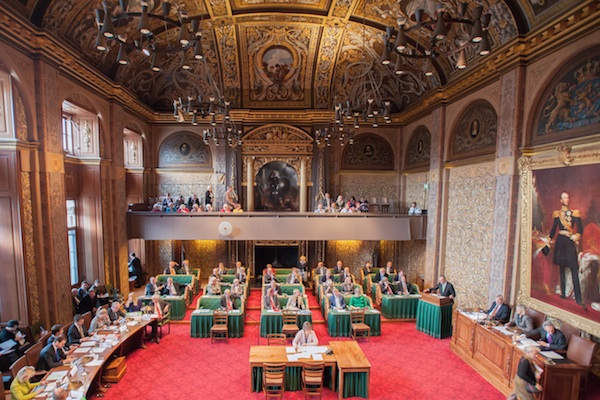The 75 seat senate has 19 different parties and independents

The Dutch upper house of parliament or senate now has representatives from 19 different parties, given that JA21 senator Annabel Nanninga has been replaced by Toine Beukering, who is no longer a member of the party.
Beukering was next in line on the JA21 list of senators at the last election and automatically qualifies for the seat.
Earlier this month, the pro-animal PvdD in the senate also split into two factions, with Ingrid Visseren-Hamakers remaining in the upper house as an independent. Other senators have also split off and joined other parties over the past few months.
New elections for the senate will take place in spring 2027, meaning the new government will have to build majorities in the upper house from a highly diverse group of parties.
Political scientists say the large number need not be a problem because senators will usually vote as they have always done, and still broadly follow their old party lines.
Politicial scientist Simon Otjes told broadcaster NOS that the main challenge facing the new government is the sharply different political landscape in the 75-seat upper house of parliament, which has to approve all new legislation.
That means the next prime minister – D66’s Rob Jetten – will have to continually build new alliances to ensure the government’s plans have a majority in both houses of parliament.
The biggest party in the senate is the GroenLinks-PvdA faction, with 14 senators, followed by the far right BBB with 13. The VVD has nine seats, D66 has six and the far right PVV has just four.
Three parties have three seats, four have two and six have just one or are independents.
Thank you for donating to DutchNews.nl.
We could not provide the Dutch News service, and keep it free of charge, without the generous support of our readers. Your donations allow us to report on issues you tell us matter, and provide you with a summary of the most important Dutch news each day.
Make a donation